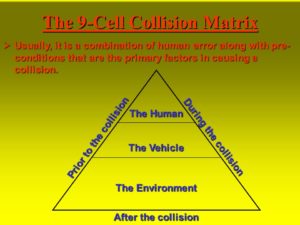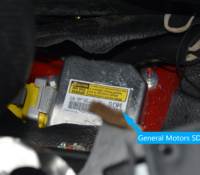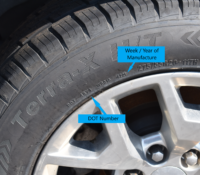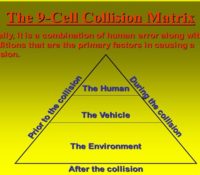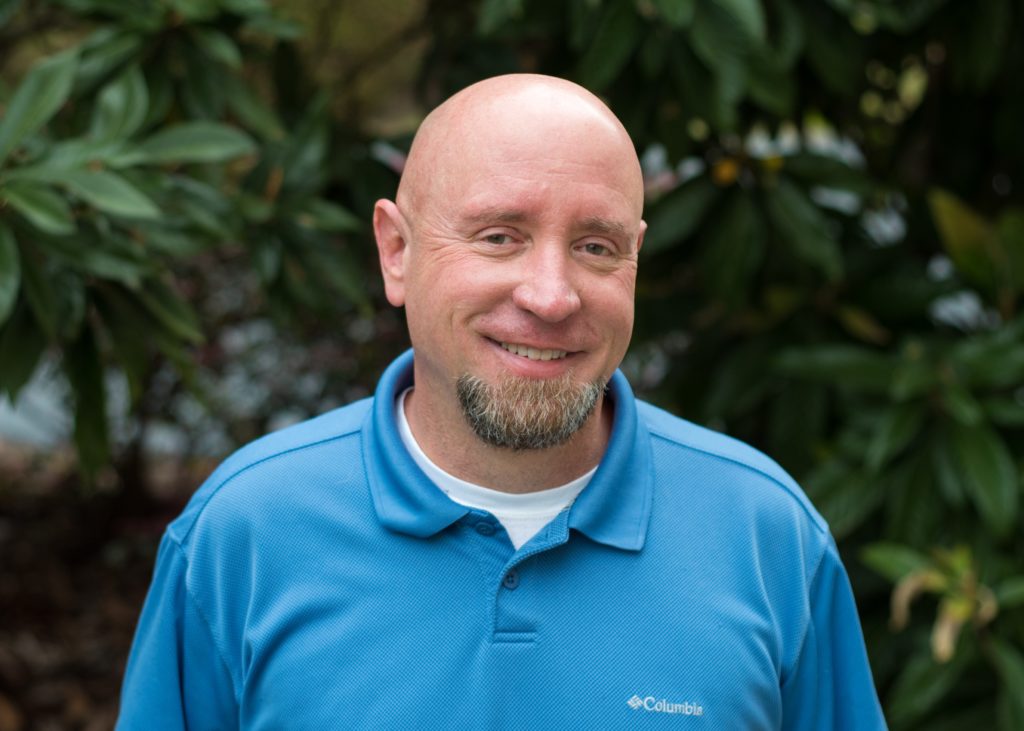The Collision Reconstruction Matrix – The Human
Murder, suicide, deceit, and intrigue… car crashes? You bet! In our next installment of the 9-Cell Collision Matrix let us dive a little deeper into the glue that binds all this together, the human element.
Let’s begin with the most basic human element at the root cause of car wrecks, our old friend inattention. Inattention… a vast word that encompasses many lackadaisical conditions. The daydreaming 16-year-old in math class, the radio knob turner, the back seat talker, the quarter pounder with cheese eater, and perhaps the most offensive, the cell phone user. All very dangerous behind the wheel, and one very dangerous to your future… as it turns out, you will always need good math skills… ask me how I know? Driving is of course a divided attention endeavor, Read More


